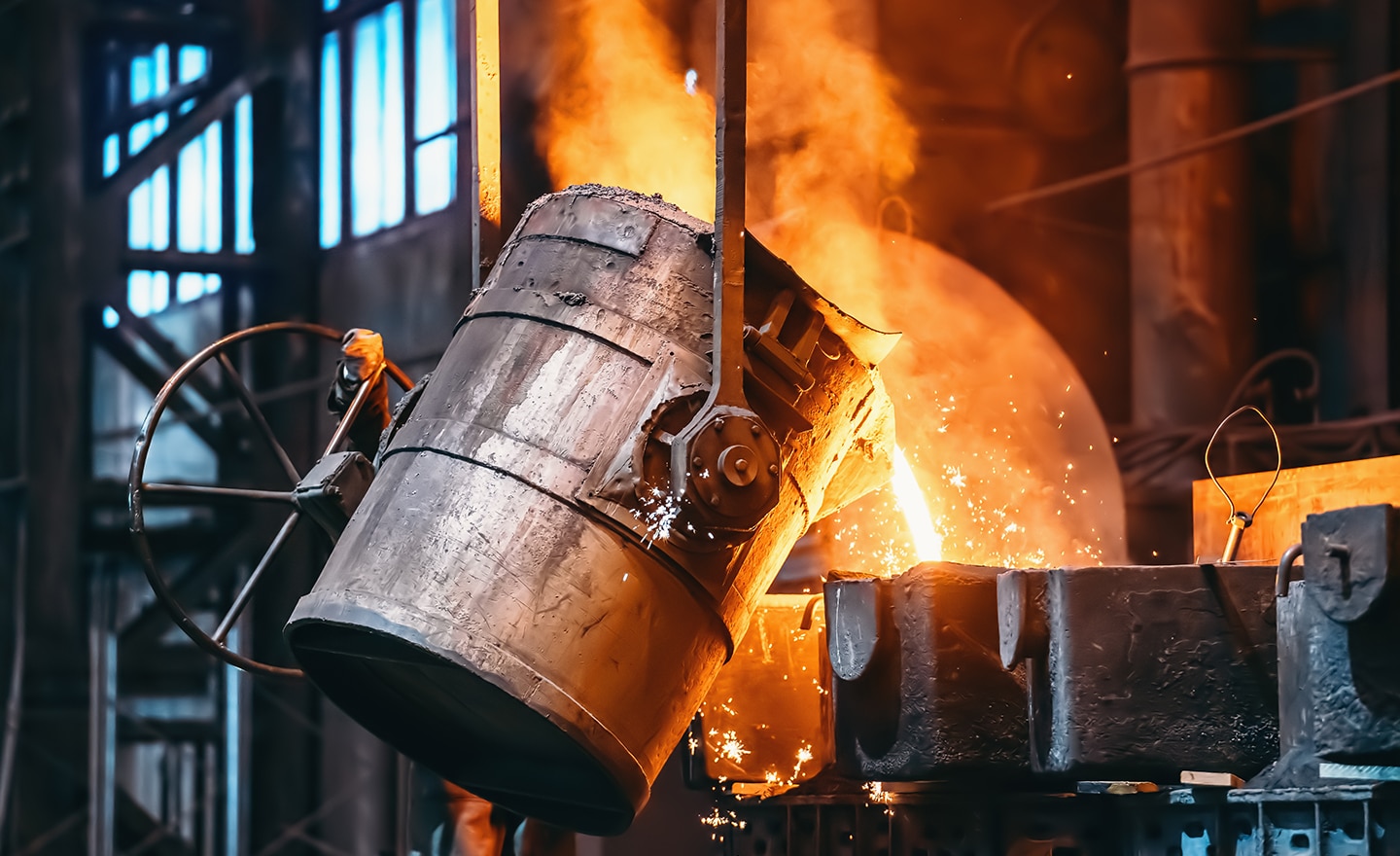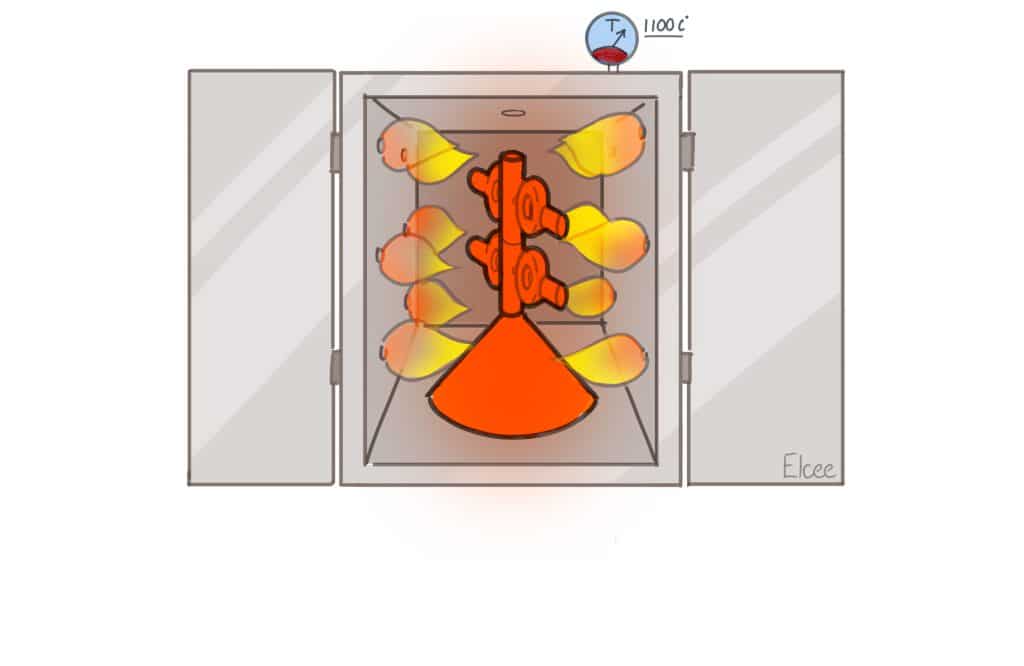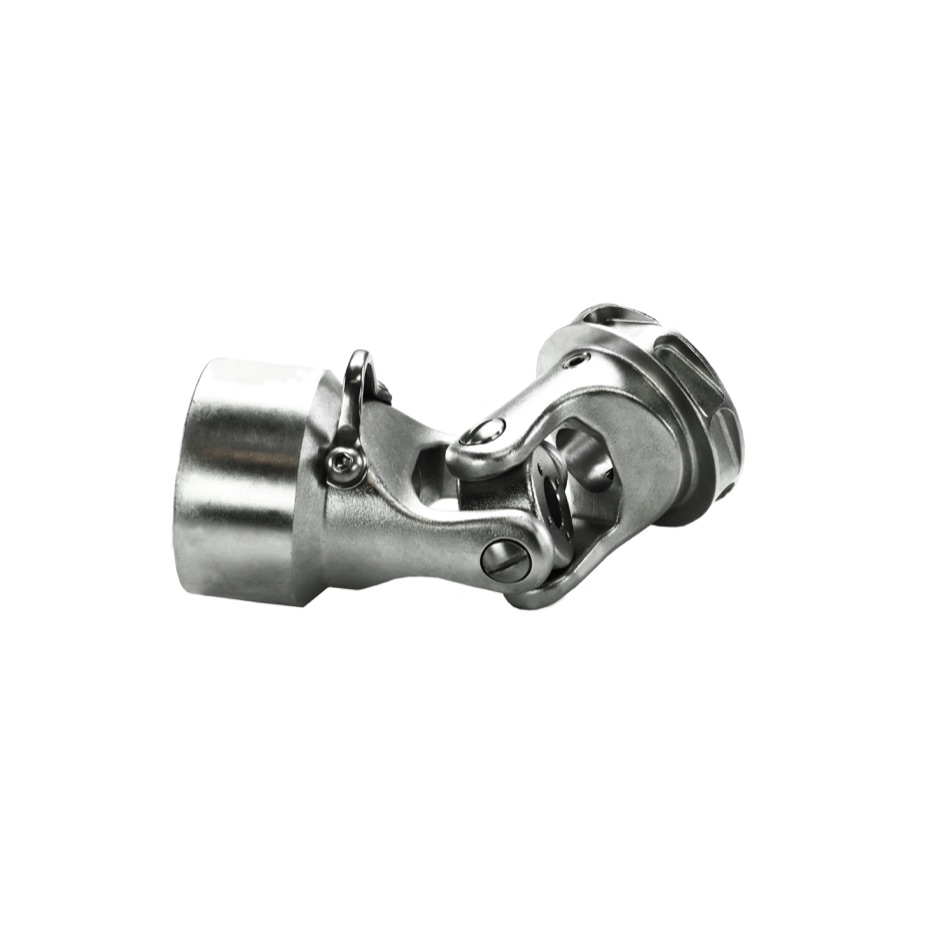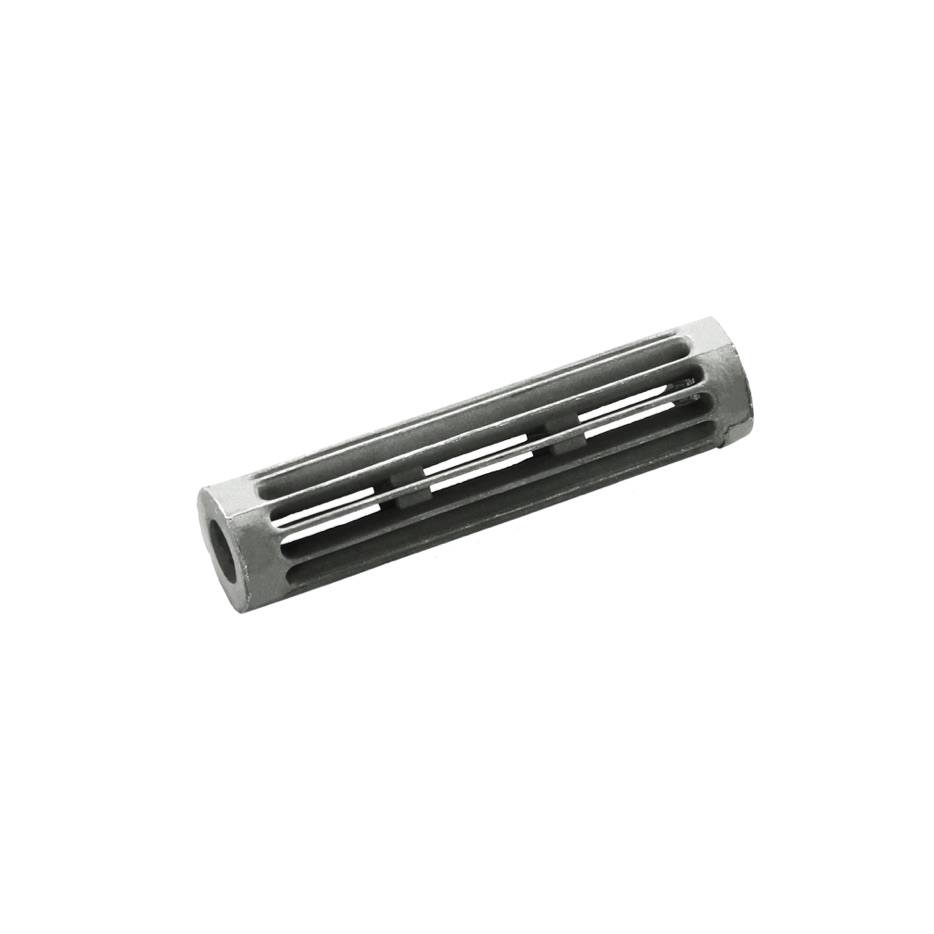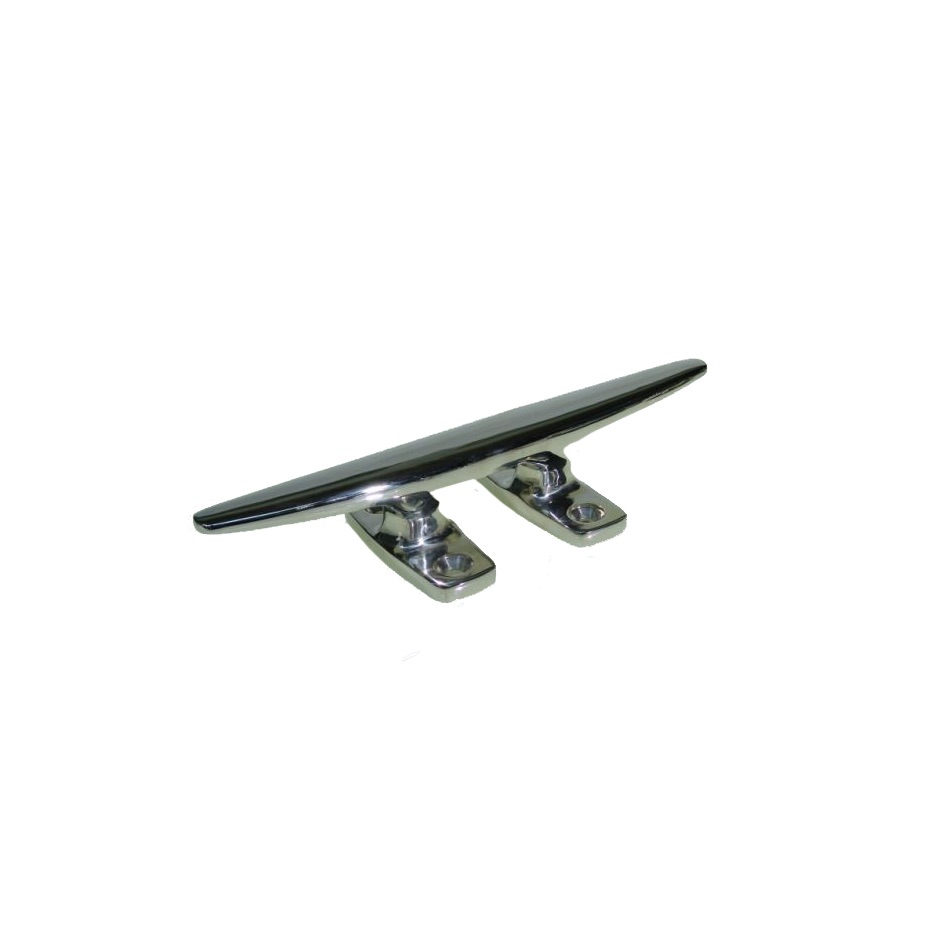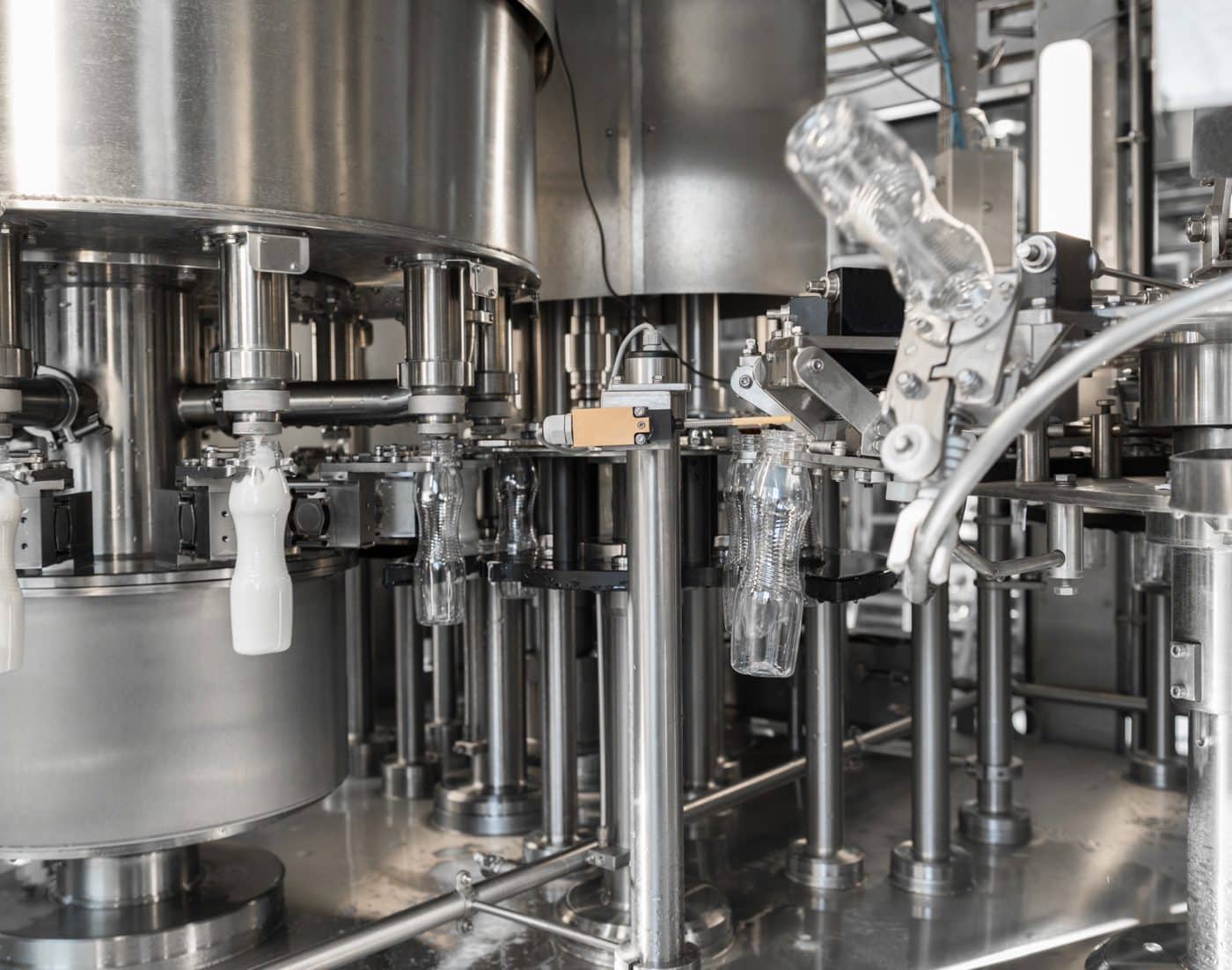Investment casting (silica sol process)
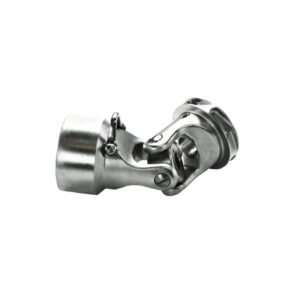 Investment casting offers unlimited freedom in design and material choices. Typical applications can be found in the automotive, pump and food industry, architecture, and general industrial engineering.
Investment casting offers unlimited freedom in design and material choices. Typical applications can be found in the automotive, pump and food industry, architecture, and general industrial engineering.
Benefits
- Precise tolerances
- Thin walls are possible
- Fine surface structure
- Complex shapes can be achieved without draft angles
- Small marks can be cast very clearly, such as letters or company logos
- Suitable for a wide variety of materials
Possible alloys
- Stainless steel and duplex grades (such as 304 (L) or 316 (L))
- Carbon steel, tool steel, austenitic manganese steel and heat-resistant steel
- Various kinds of non-ferrous steel alloys (such as aluminium or copper)
Technical specifications
- The commonly used casting tolerance table for linear dimensions is CT6 according to ISO 8062 (wall thicknesses CT7)
- Weight: 0.005 – 120 kg
- Casting surface roughness: Ra 6.3 μm
- Maximum dimensions: 1000 x 620 x 380 mm
- Casting wall thickness: ≥ 3 mm, locally 0.5 mm can be reached
- Angle tolerances: ± 1°
- The geometric tolerances that are required for the function should be specified in the drawing
Finishing options
- Pickling and passivation
- Electrolytic polishing
- Vibra-polishing
- Blasting
- Electrolytic zinc plating
- Hot-dip galvanising
- Chrome plating
- Mirror polishing
- Dull polishing

